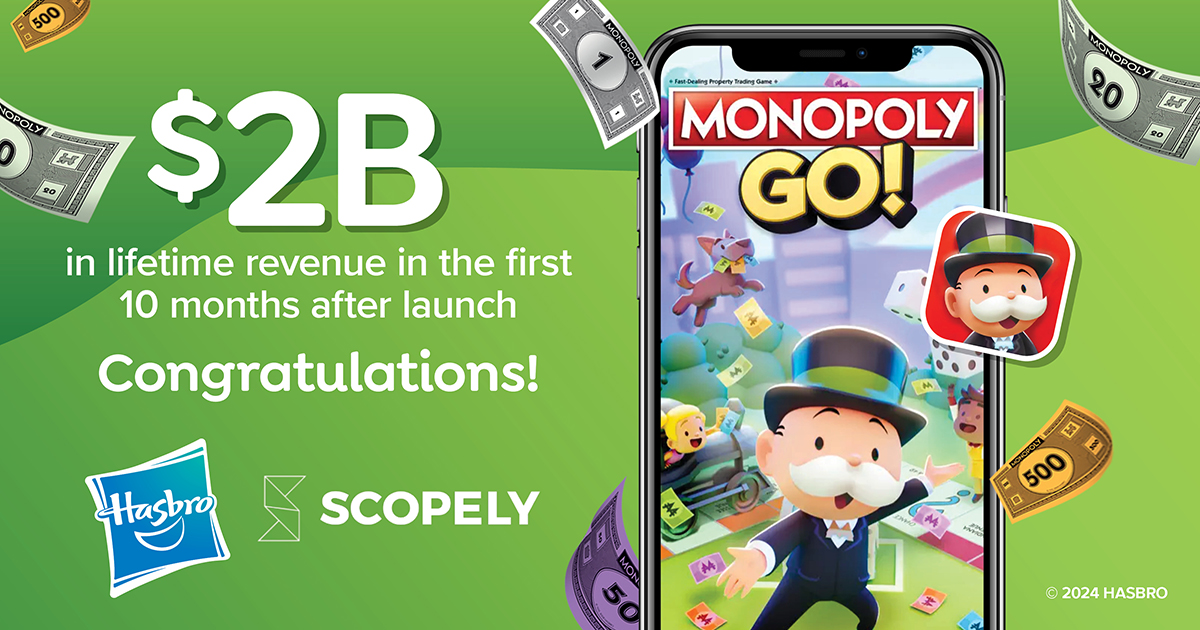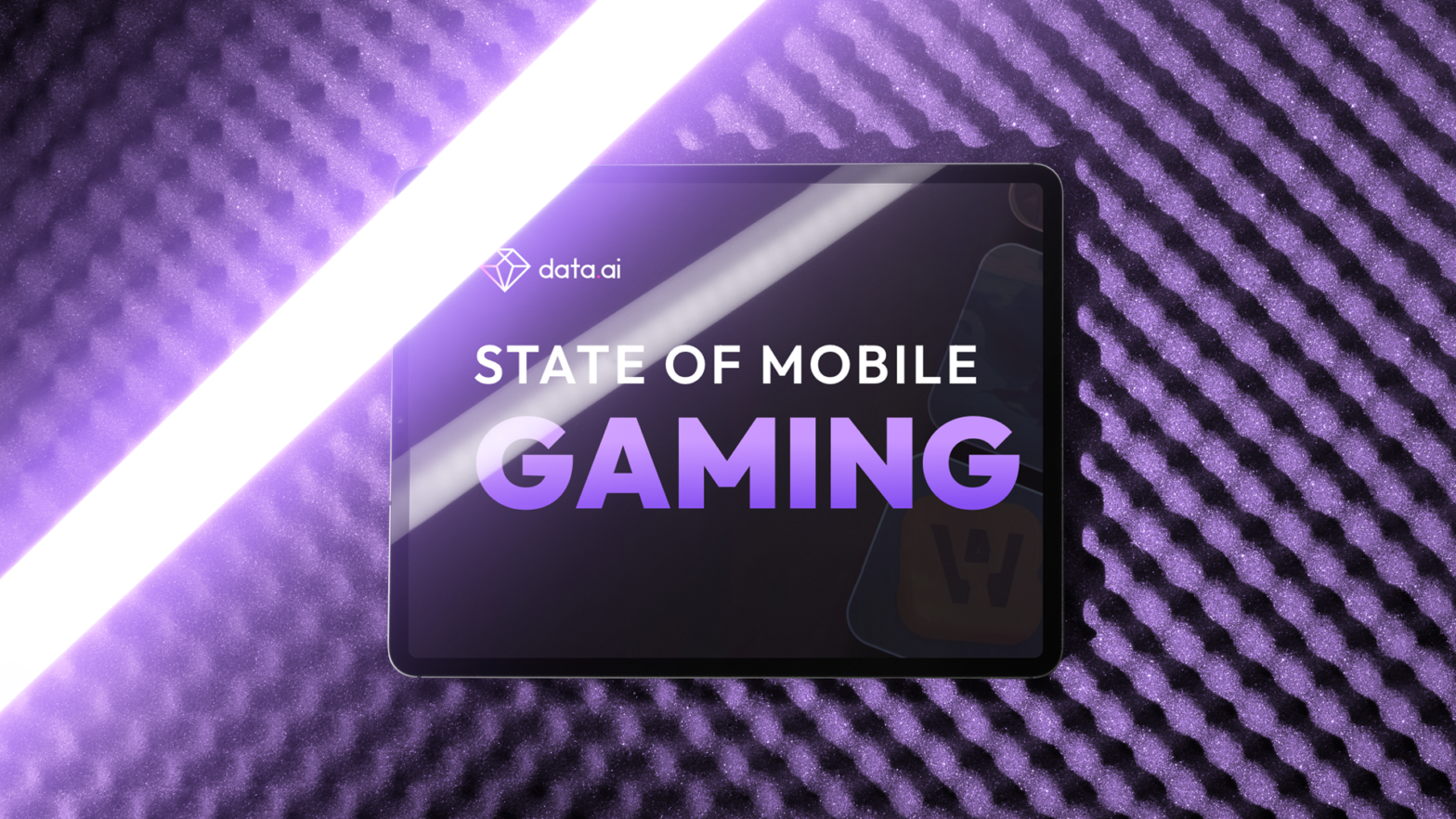Venturebeat reports that the approach to mobile game creatives changed in 2020, with game app downloads up 30%, but developers expect an inevitable decline. Will the surge in mobile game revenue and downloads continue once the world returns to normal after the pandemic?
Side note: Azur Games tips for creating hyper-casual creatives.
Video game spending is down 13% this year, but the industry is still strong, and the increase in gaming time remains steady — gamers are still hungry for content. In a tough economy, users are cautious about where to spend their hard-earned money.
Consumers are focused on the ways they spend their money. The most important thing is to understand the motivations for paying players. To work effectively with such users, you need to know why they play and how they participate in the game.
Sandro Gelashvili, Head of Creative Works at Google
Deploying a player-centric creative strategy
There are various ways to develop and deploy a player-centric creative strategy. For example, Google for Games Mobile Insights Report and Puzzle Mobile Genre Report educational resources offer a comprehensive overview of player attitudes, behaviours and trends.

Engaging with players through surveys, questionnaires, and open feedback channels gathers valuable qualitative data. Because using these feedback channels without bias is not easy, developers hire outside agencies and services to analyze current audiences and extend the research to similar audiences in the marketplace.
From this knowledge, they develop a cycle of experimentation and scaling that produces actionable insights and a platform for informed decision-making.
Creating creatives that knock it out of the park
Let’s start with the basics of creativity: grabbing the viewer’s attention in the first three seconds is essential. Once the viewer is drawn in, use what marketers call «story selling». Demonstrate gameplay, but make sure it ties into the game’s story and personifies the player, as gamers look for content that relates to them.
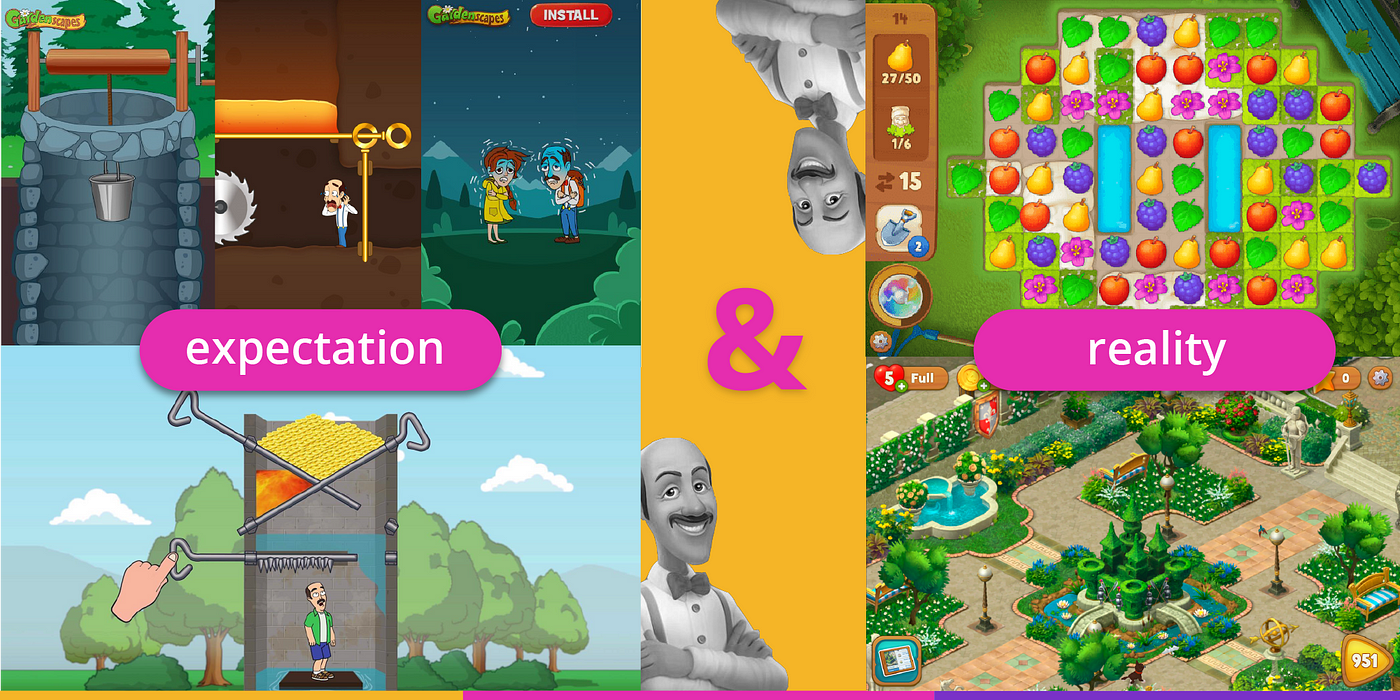
Consider optimizing game brand elements beyond logos or calls to action, such as sound. Ads with sound coverage and sound branding also show increased conversions.
Creatives are developed depending on the campaign type, whether attracting new users or reactivating legacy players. For example, artificial intelligence-based solutions such as Google App campaigns optimize targeting and bidding to meet specific campaign goals.
For a campaign to work, there needs to be synergy between the user engagement team, the media team and the creative team, who work closely to achieve goals and offer diverse ideas and production approaches.

843






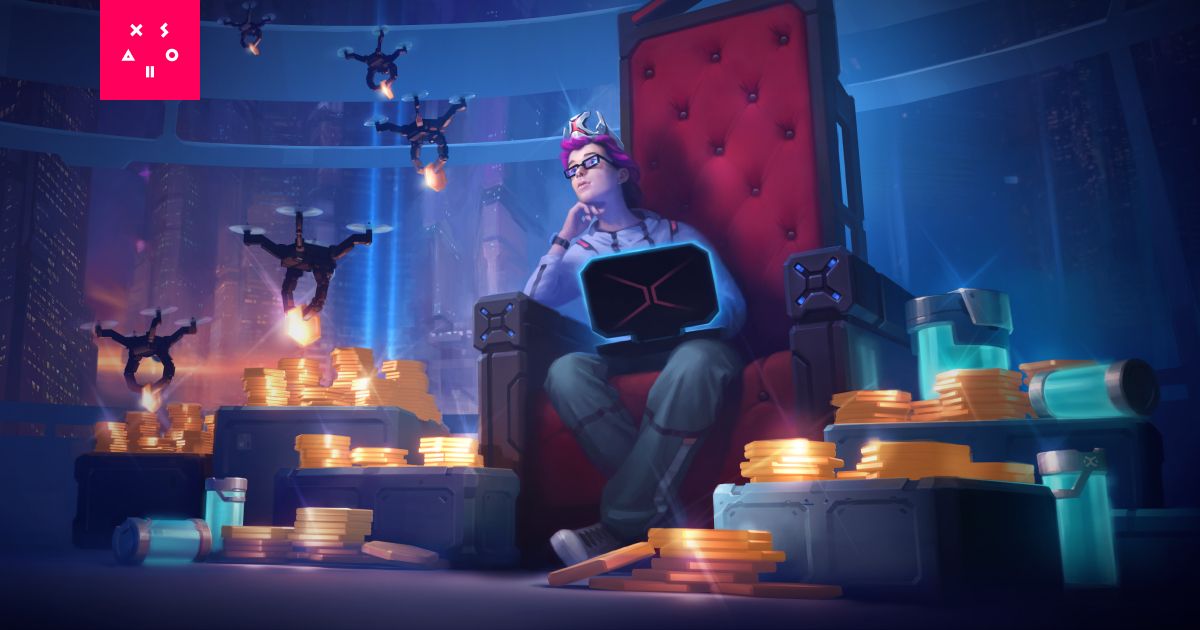






 2 minutes
2 minutes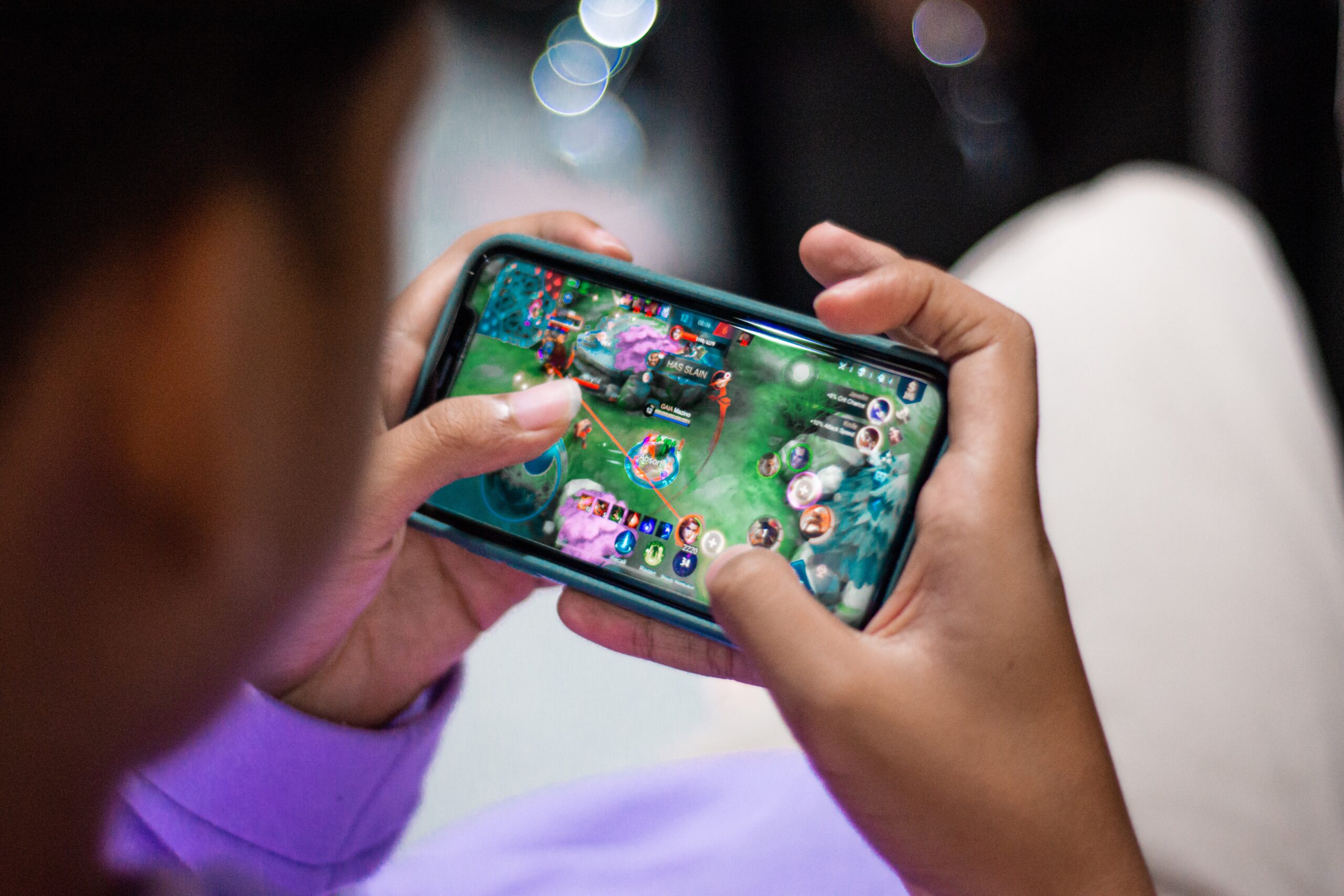







 2 minutes
2 minutes
